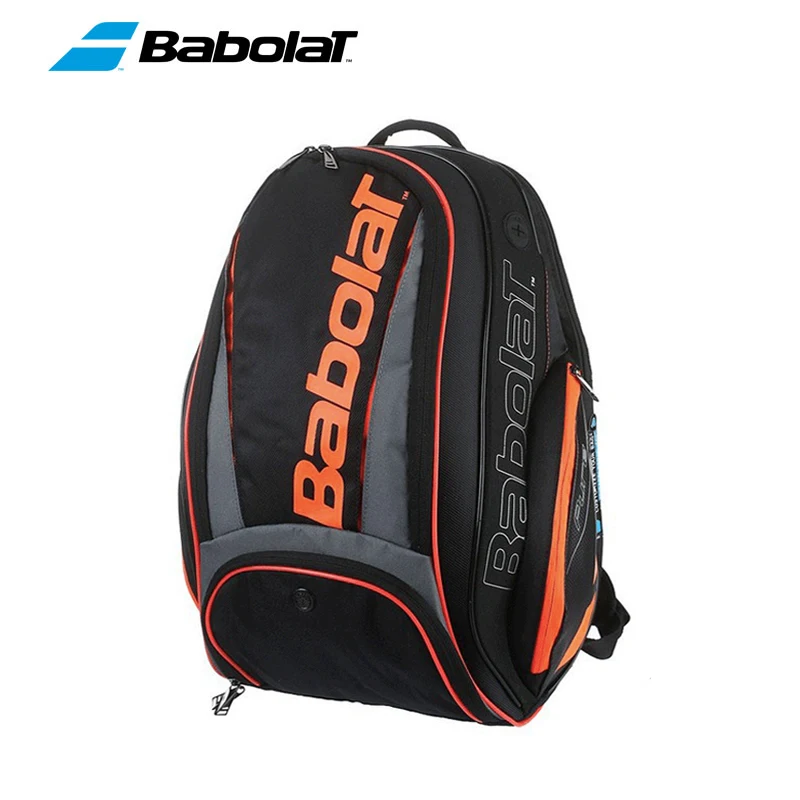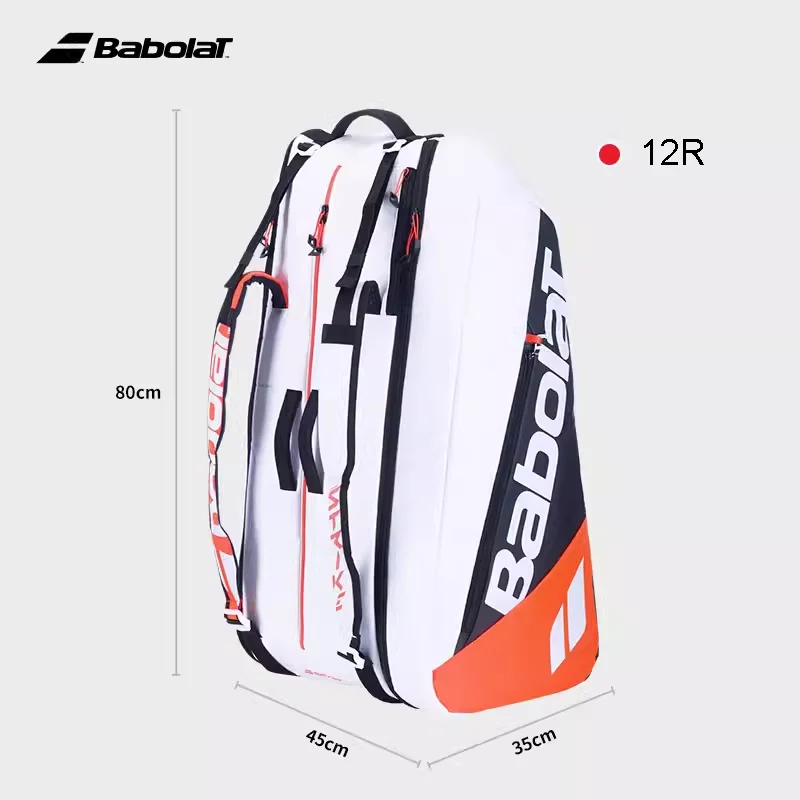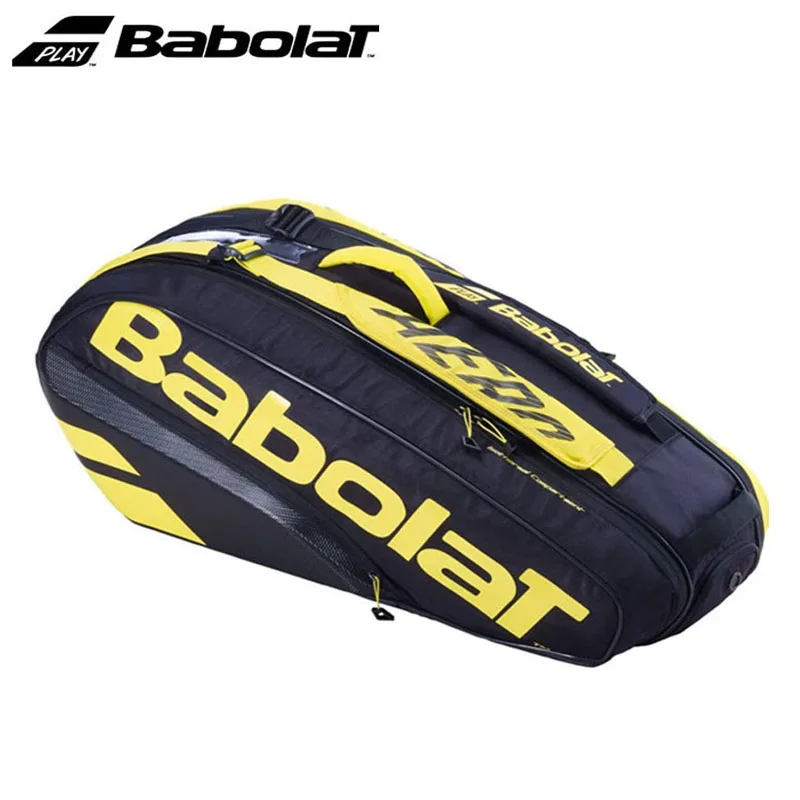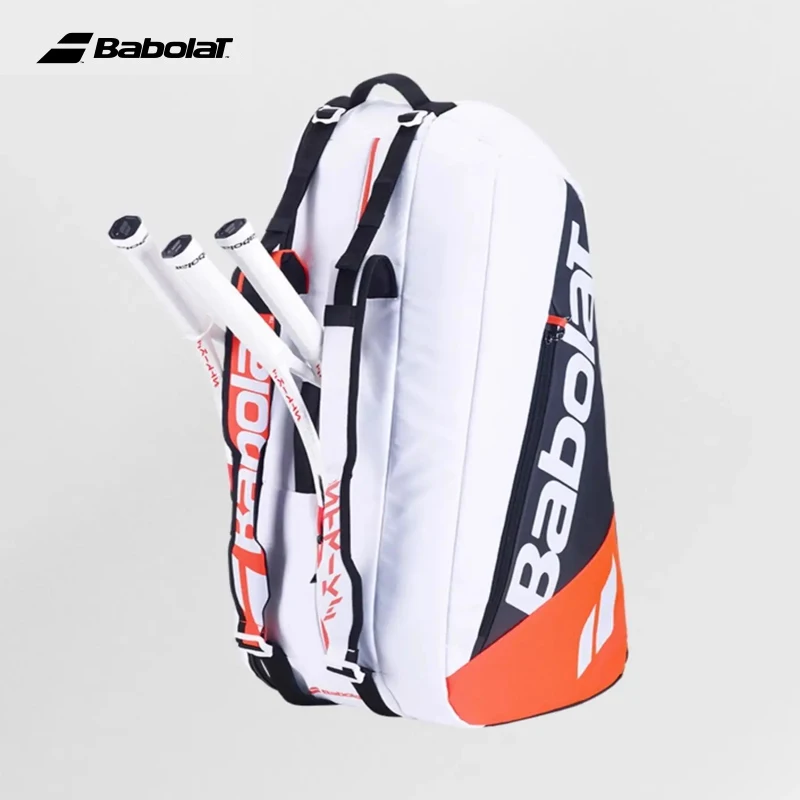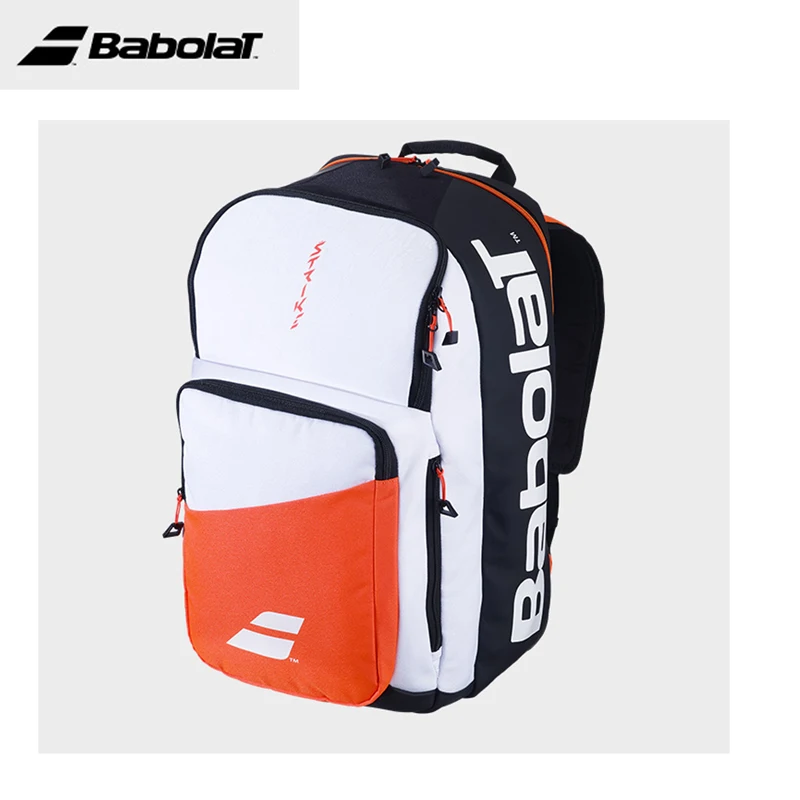Should You Use a Thick or Thin Yoga Mat?
Choosing the right thickness for your yoga mat is important for comfort, support, and stability. Here's a guide to help you decide:
Thick Mats (4-6mm)
- Pros: Provide excellent cushioning, support, and comfort for sensitive joints and bony areas. Ideal for beginners and those with injuries or pain.
- Cons: Can be bulky and less portable. May not provide enough grip for some poses.
Thin Mats (2-3mm)
- Pros: Lightweight, portable, and easier to transport. Provide better grip and stability, making them suitable for advanced yogis and athletes.
- Cons: Offer less cushioning and support. May not be comfortable for sensitive joints or longer practices.
Ideal Thickness
The ideal thickness depends on your fitness level, practice style, and personal preferences. For beginners or those with injuries, a thick mat (4-6mm) provides better support and comfort. Advanced yogis and athletes who prioritize grip and stability may prefer a thin mat (2-3mm).
Considerations
- Body Type: Heavier individuals may benefit from a thicker mat for added cushioning.
- Yoga Style: Ashtanga and power yoga require more grip and stability, so a thin mat is recommended.
- Personal Comfort: Ultimately, the best thickness is what feels most comfortable and supportive for your body.
Related Questions
- Is a thicker mat better for beginners? Yes, it provides more cushioning and support.
- Can a thin mat cause discomfort in the joints? Yes, it offers less support for sensitive areas.
- Should you use a yoga mat for other exercises? Yes, it can provide cushioning and support for various workouts.
- What is the ideal thickness for an advanced yogi? 2-3mm.
- How often should you wash your yoga mat? Regularly, especially after sweaty practices.
Hot Sale Items
- Manduka PROlite Yoga Mat
- Lululemon Reversible Mat 5mm
- Jade Yoga Harmony Mat
- Gaiam Sol Yoga Mat
- B Yoga B Mat Strong 6mm
Pre:Does yoga make your bum bigger
Next:Can you carry a yoga mat on a plane





